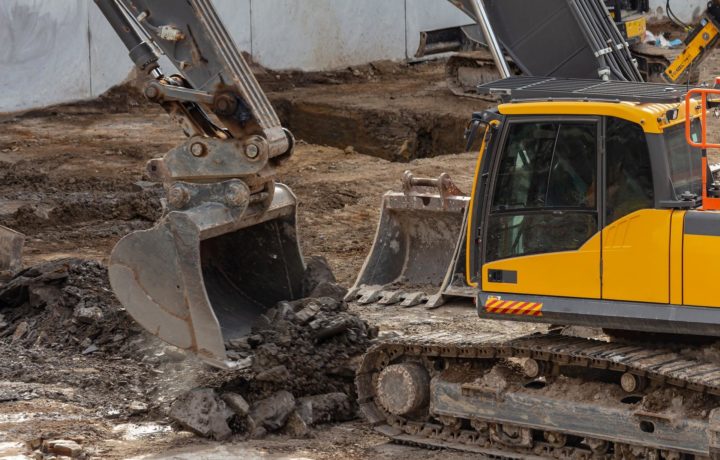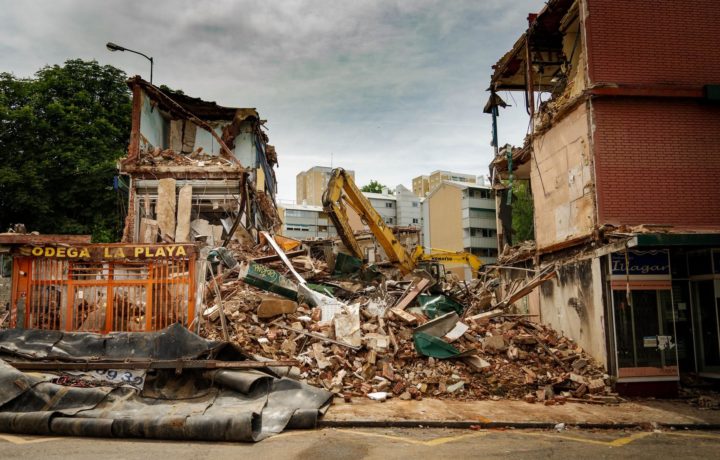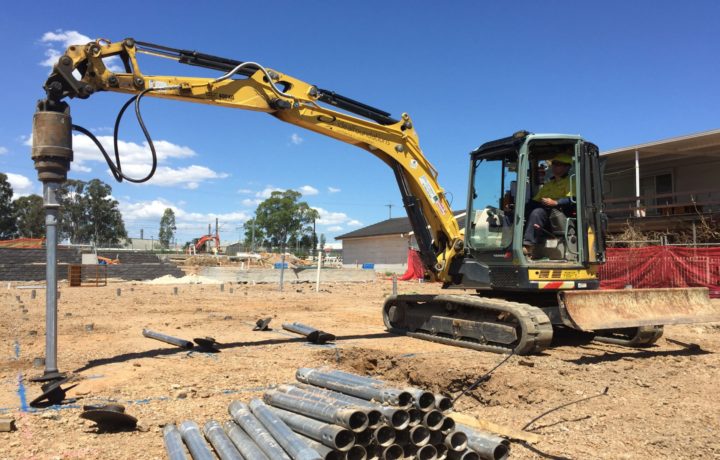Demolition work is never an easy task to handle. Even a small error or trip can prove to be dangerous to you as well as the project you are undertaking. Thus it is obvious to get a little anxious when you are about to demolish a structure or a building. You will be a lot relieved if you get any kind of assistance in such a difficult situation. Those who are in this job don’t like to take any undue risk.
Let us check out a few pointers provided by demolition Buckinghamshire experts, by which the demolition work can be made a low-risk affair to save your life, your team’s life, and the premise of your client. Read these steps thoroughly because you are definitely going to benefit from these.
Have A Detailed Dialogue About Every Particular
Every experienced person sees to it that all the information is shared before commencement. Be transparent with your client and let them know all the pros and cons of the process and also help your client with any additional information they require. Try to identify your client and dig out as much information from them as possible. Listen to them carefully; how exactly they want you to execute this job.
Cross-Check The State Of The Site Of Your Work In Detail
First and foremost, cross-check the state in which your site is and come to the conclusion of entirely demolishing it or partially. One of the crucial parts of demolition Buckinghamshire experts is checking if asbestos and silica exist in the site. This is a non-negotiable part.
Disconnect All The Connections Pertaining To Water And Electricity
It is of utmost importance to cut off all the electrical and water lines before commencing the job to avoid any damage.
Decide On The Fund Allocation And The Duration Of Completion
According to the demolition Buckinghamshire experts, it is essential to mutually decide on the allocation of funds and duration required to complete the task to avoid misunderstanding later.
To Prevent Accidents Restrict Entry Points That Are Not Required
To prevent any sort of accidents on the site of the work, you must block all those entry points that are not required at all.
Seal the premise, and in case your client wants to visit the site, then ensure you are present there to show him around. So get the complete information from your client and discuss in detail.




